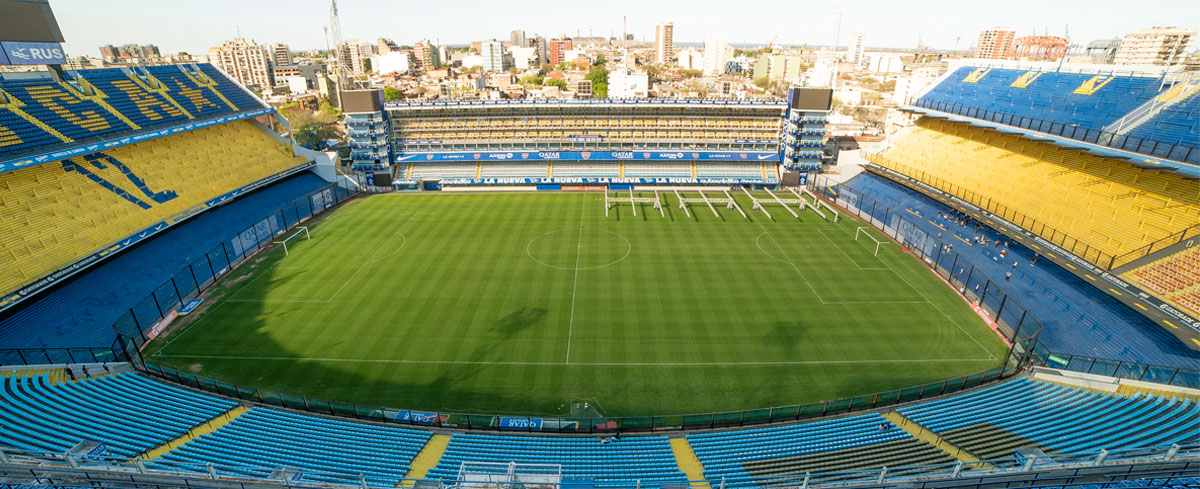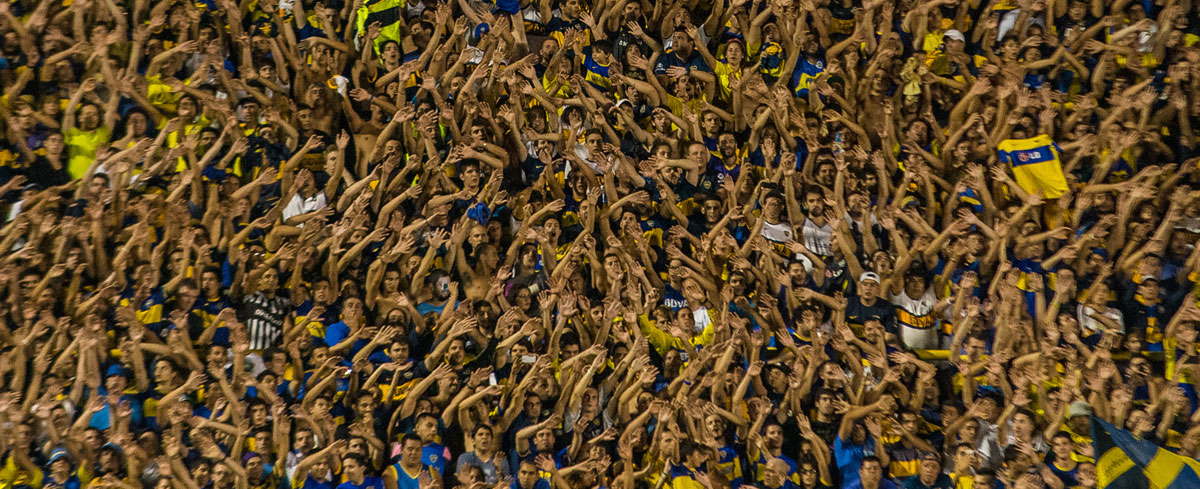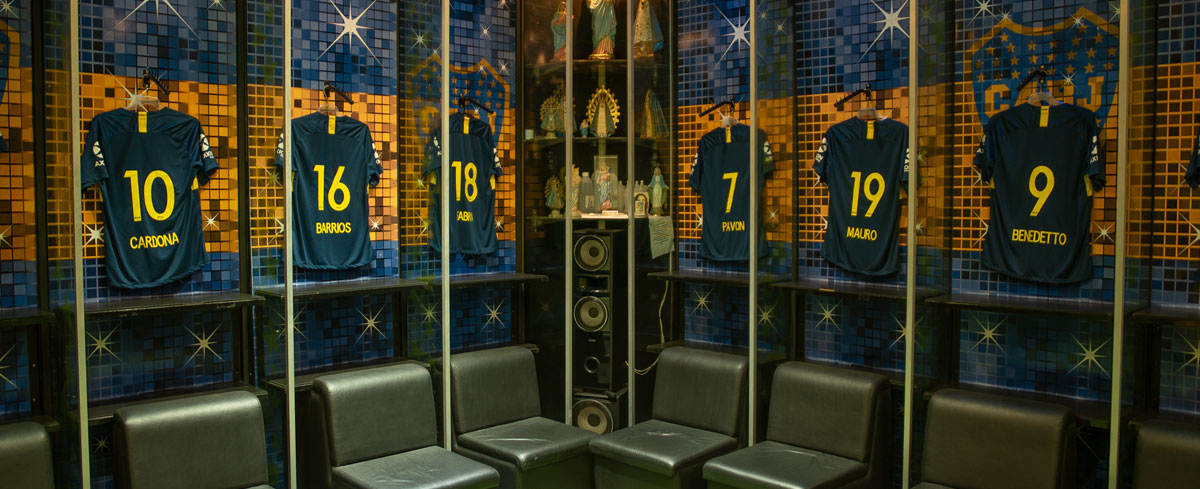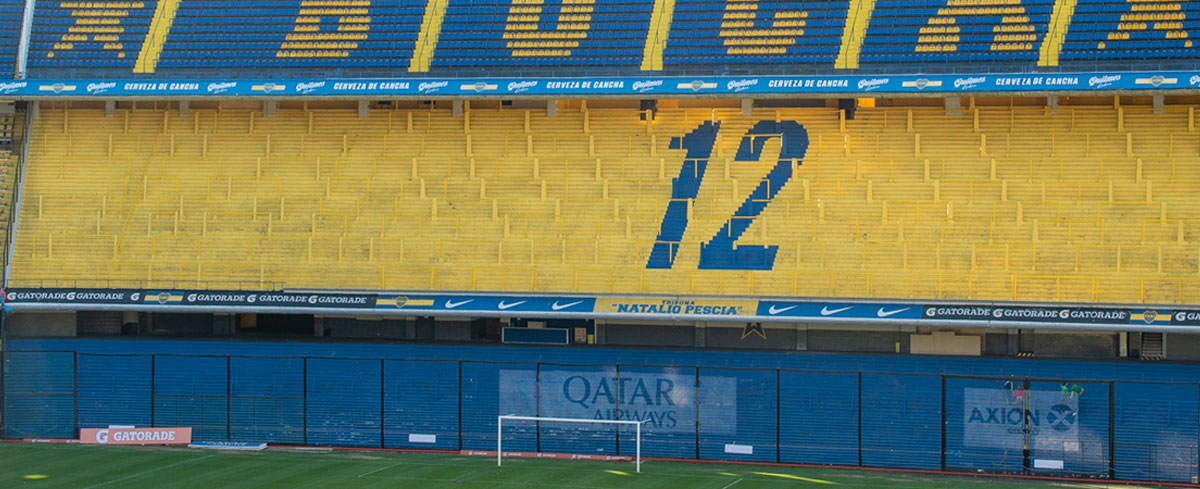Iconic Stadiums | 3. “La Bombonera”
Present in tours
The blue and yellow terraces stands want to completely surround the pitch, but they can't because there are modern stands on one side. Seen from above it looks like a flat structure, as if the walls were just adornments reflecting the colour of team jersey.
The structure is immense and extremely steep. It makes people dizzy with vertigo, and creates a shadow. The high stairs seem to be in freefall; like slides running from the highest point of the stadium to one sole destination - the bottom. Behind the goals, the crush barriers disorderly, at different heights, attempt to avoid this effect. They become visual tricks when the stadium's empty; obstacles in an unmanageable labyrinth. This all leads to one sensation: that Boca Juniors' stadium is living creature.
The club's original stadium was located just a few blocks away, where the Usina del Arte now stands. For some the local team is a source of pride for the neighbourhood, a focus for the country's identity and an international brand. La Bombonera, then, is the materialisation of this emotionally explosive phenomenon.
At the lowest point is the tunnel, the path to the centre of the world. Above is the giant screen and the unreachable lights lost in the sky. The cables and pipes are visible; there are uneven arches and confetti from the previous Sunday. La Bombonera is not a perfect god; it's more human than that. When the supporters decide it's time, everyone jumps in unison and the stadium, rather than shake, beats like a heart.
Watch the full series |
|




